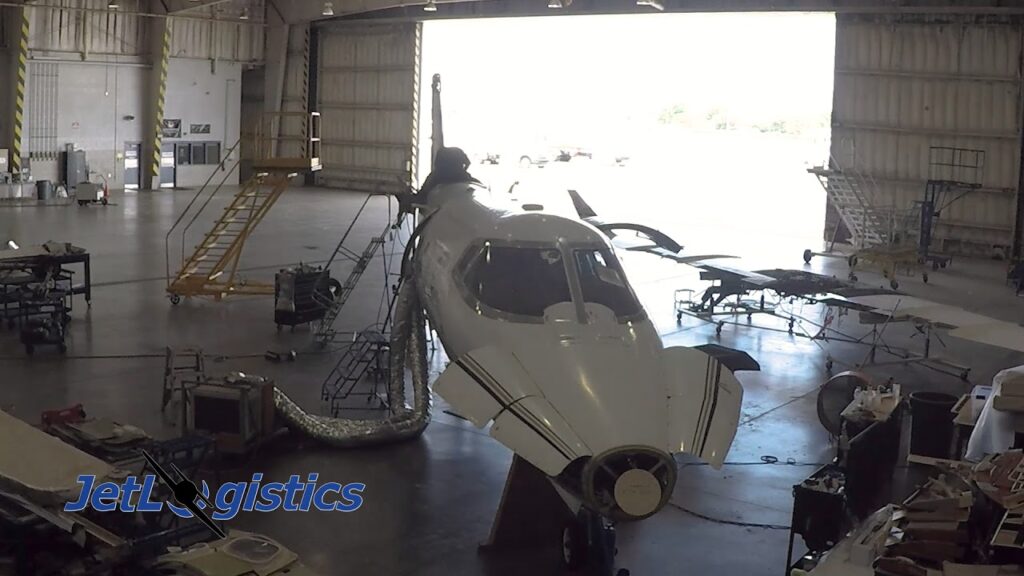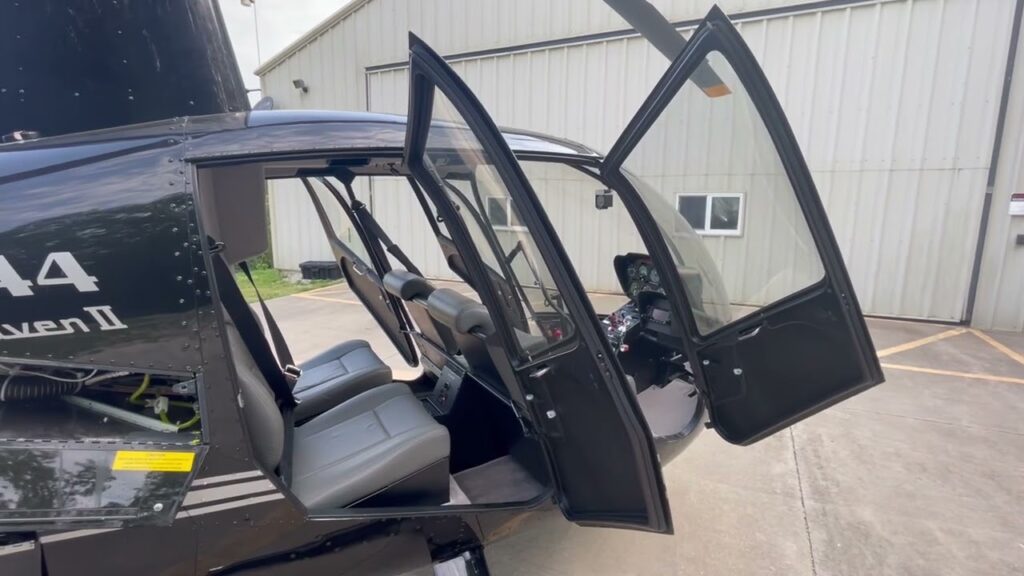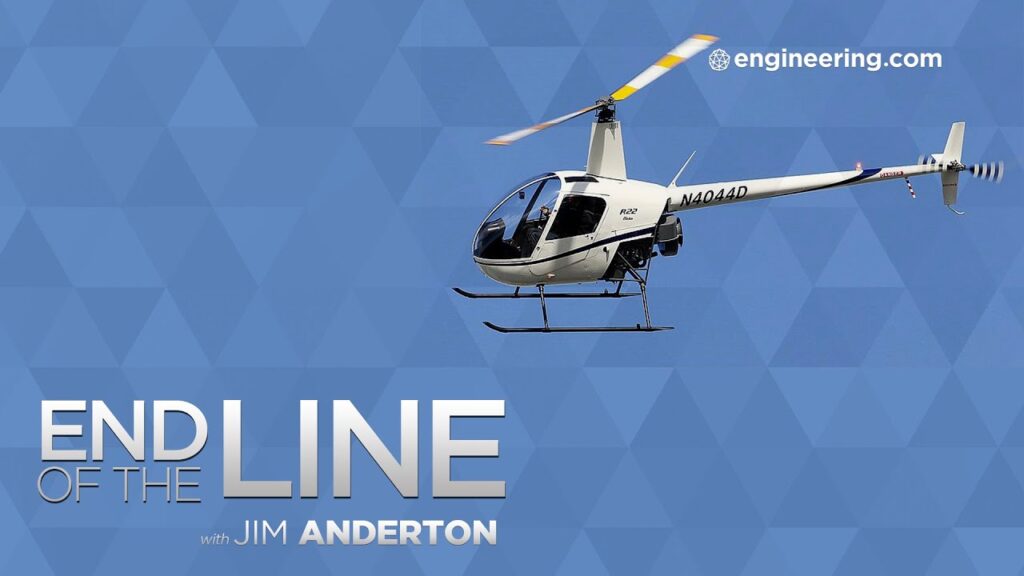Understanding the Importance of 12 Year Inspections for Helicopters in Mexico
In the world of aviation, safety is paramount, and regular inspections play a pivotal role in ensuring the reliability and safety of helicopters. In Mexico, the 12-year inspection is a critical maintenance event that is mandated to help identify potential issues that might affect the airworthiness of helicopters over time. During this comprehensive examination, every component of the helicopter is meticulously scrutinized by certified professionals. This preventive measure is crucial for detecting wear and tear or corrosion that could compromise the structural integrity or performance of the aircraft.
Maintenance and inspections in the aviation industry are governed by strict regulations and standards, and in Mexico, these are no exception. The 12-year inspection is more than a routine check-up; it is a thorough overhaul that extends to the disassembly, cleaning, inspection, repair, and, if necessary, replacement of helicopter parts. For operators, this extensive process is not only about compliance with aviation guidelines but is also vitally important for minimizing the risk of in-flight failures and maintaining the highest safety standards for both crew and passengers.
The geopolitical location of Mexico, with varying terrains and climates, poses unique challenges for helicopter operations. These conditions can accelerate the wear-and-tear process, making the 12-year inspections even more significant. The meticulous checks include important system verifications such as the engine, avionics, rotor blades, and transmission systems. Such detailed inspections help in extending the lifespan of the helicopters, ensuring they can continue to safely carry out a range of missions, from executive transports and tourism to critical life-saving emergency services. It is thus evident that recognizing the importance of 12-year helicopter inspections is indispensable for the continued growth and safety of aviation in Mexico.
Navigating the 12 Year Inspection Process for Mexican Helicopter Operators
The 12-year inspection for helicopters in Mexico is a rigorous process mandated by the Civil Aviation Authority to ensure that all aircraft operating in the country maintain the highest safety standards. For Mexican helicopter operators, this process involves a comprehensive examination of the helicopter’s structure, systems, components, and records. It’s imperative that operators start preparing well in advance of the inspection date to ensure that all necessary maintenance and documentation are in order. This proactive approach not only facilitates a smoother inspection process but also minimizes the risk of potential operational disruptions.
During the 12-year inspection, particular attention is paid to the airframe, engines, rotor systems, and avionics. These are the heart and soul of the helicopter’s operation and require detailed scrutiny. In addition, all on-board emergency equipment and safety devices are carefully evaluated. Operators should expect that every part of the helicopter will be assessed against the manufacturer’s specifications and the civil aviation regulations. Therefore, it is crucial to work with experienced maintenance personnel who are familiar with the specific make and model of the helicopter as well as the nuances of the inspection process.
Accurate and comprehensive records play a critical role in the 12-year inspection process. Every helicopter operator must maintain detailed logs of all maintenance activities, repairs, and part replacements. These records need to be meticulously organized and readily available for review by the inspection authorities. Without proper documentation, even helicopters in excellent physical condition might face delays or penalties. It’s not just about keeping the aircraft in top flying condition; it’s equally about ensuring that all the supporting paperwork reflects the commitment to safety and adherence to regulatory standards.
The Essential Checklist for Your Helicopter’s 12 Year Inspection in Mexico
Every helicopter operating in Mexico, like any other machine, requires regular maintenance to ensure its safety and efficiency. The 12-year inspection is a comprehensive check that involves a detailed examination of the helicopter’s components and systems. This routine is crucial for identifying wear and tear that could compromise the aircraft’s integrity over time. Professionals use this period to replace parts, update systems, and make necessary repairs. Read on to uncover the essential checklist items that helicopter owners and operators must be aware of for this mandatory inspection event.
Structural Integrity Assessments
One of the most critical areas to address during the helicopter’s 12-year inspection is its structural integrity. Technicians must scrutinize the airframe for signs of corrosion, fatigue, and any structural deformities. Particular attention is given to the rotor system, landing gear, and fuselage. Non-destructive testing methods, such as ultrasonic and magnetic particle inspections, are employed to uncover potential issues that are not visible to the naked eye.
Engine and Component Overhaul
The engine is the heart of the helicopter, and it undergoes rigorous testing and overhaul during the 12-year inspection. This involves a thorough examination of the engine’s internal and external parts, a review of performance logs, and replacement of items reaching the end of their service life. Components such as the fuel system, lubrication system, and ignition parts are also examined and tested for efficiency and safety.
Avionics and Electrical System Update
Advancements in avionics technology can significantly enhance the capabilities of your helicopter. The 12-year inspection offers an excellent opportunity to upgrade outdated systems. Navigation, communication, and surveillance equipment are critically evaluated for reliability and compliance with the latest standards. Furthermore, the electrical wiring and circuitry are inspected for integrity and potential hazards that could affect operational safety.
Hydraulic and Flight Control Systems Verification
The hydraulic and flight control systems play a vital role in the maneuverability and control of the helicopter. During the inspection, these systems undergo a complete flush and refill to ensure that fluid cleanliness meets the required specifications. All servos, actuators, and linkages are checked for appropriate operation and absence of leaks. Calibration of the control systems is performed to guarantee precise responsiveness to pilot input.
Interior and Safety Equipment Evaluation
Last but certainly not least, the interior of the helicopter and its safety equipment must not be overlooked. Seats, harnesses, and other aspects of the cabin need to be evaluated for wear and comfort. Safety equipment such as life vests, first aid kits, and fire extinguishers are checked for expiration and functionality. The inspection is also a good chance to enhance safety features, like installing improved emergency lighting or updating onboard safety signage to meet current standards.
How 12 Year Helicopter Inspections Enhance Safety and Performance
The significance of rigorous maintenance in helicopter operations cannot be understated, particularly when it comes to the pivotal 12-year inspection. This comprehensive check-up is essential for uncovering potential issues that can compromise the safety and performance of these complex flying machines. Over time, even the most robust helicopters can fall victim to wear-and-tear from regular use, and undetected faults can lead to critical failures. By adhering to a stringent 12-year inspection schedule, helicopter operators ensure that their aircraft meet the highest safety standards and continue functioning at optimal levels.
Detailed inspections of the helicopter’s major components involve examining the airframe, engines, rotor systems, and avionics. By conducting these methodical assessments, inspectors can detect signs of fatigue and corrosion that might not be evident during routine checks. For operators, this means fewer unexpected breakdowns and costly repairs, as the 12-year inspection aims to preemptively address issues before they escalate. Furthermore, this systematic approach to helicopter maintenance enhances flight reliability and prolongs the lifespan of the aircraft.
Updating obsolete parts is another critical aspect of the 12-year helicopter inspection. Technological advancements in aviation can occur rapidly, and components that were state-of-the-art a decade ago might now be outdated. By replacing obsolete elements with the latest innovations, helicopters not only become safer but also improve in performance and efficiency. Such upgrades can include enhancements in navigation systems, communication equipment, and engine components, ensuring the helicopter remains at the forefront of modern aviation technology.
Beyond the practical benefits, there is an assurance of compliance with aviation regulations that comes with the 12-year inspection. Aviation authorities worldwide mandate strict adherence to maintenance schedules, and failing to comply can result in severe consequences, including groundings and fines. The inspection is an indispensable part of the regulatory framework, designed to maintain the highest possible safety standards within the industry. For both private operators and commercial enterprises, the peace of mind that comes from knowing their helicopters are regularly inspected and certified as safe for operation is invaluable.
Expert Tips for Preparing Your Helicopter for a 12 Year Inspection in Mexico
Undergoing a 12-year inspection for your helicopter can be an intricate and time-consuming process, especially in Mexico where regulations and standards might differ from those in other countries. To ensure your helicopter passes the inspection with flying colors, it’s important to pay meticulous attention to both the aircraft’s mechanical and aesthetic aspects. The importance of comprehensive logbook scrutiny cannot be overstressed. All maintenance records should be impeccably detailed, showcasing a timeline of consistent and professional care. This will not only ease the inspection process but also vouch for the helicopter’s maintenance history.
Before the inspection, give your helicopter a thorough cleaning, both inside and out. A clean helicopter can make a strong first impression on inspectors, and it can also make underlying maintenance issues more evident. Be sure to remove any grime, oil stains, or corrosion, as these can be red flags that lead to closer scrutiny in certain areas. In some instances, a spotless exterior might even reflect the overall condition and care the aircraft has been subjected to over the years.
Pre-emptive component overhauls can play a pivotal role in simplifying the 12-year inspection. Parts that are nearing the end of their life cycle should be replaced or refurbished well ahead of time. Focus particularly on those components known to be high-wear or critical to the helicopter’s operation—such as the main rotor blades, tail rotor, and gearbox. By addressing these key areas, you reduce the likelihood of inspection hold-ups owing to worn components needing unplanned maintenance or replacement.
Environmental factors unique to Mexico, like coastal corrosion due to salt-laden air or wear from operating in predominantly dusty or sandy locales, should be addressed diligently. Invest time in corrosion prevention and control measures prior to inspection, ensuring that all vulnerable components are adequately protected and meet the stringent standards set forth by aviation authorities. This attention to detail will be a testament to your helicopter’s resilience and upkeep.
Lastly, verifying that all avionics and electrical systems are up-to-date and fully functional is crucial for a smooth 12-year inspection. Technology advancements mean that what was the norm 12 years ago might now be outdated or incompatible with modern systems. Ensuring that upgrades comply with current regulations and integrate seamlessly with existing systems can prevent unnecessary setbacks during the inspection process. Documentation for all modifications and upgrades should be comprehensive and arranged in an orderly manner for easy reference.



